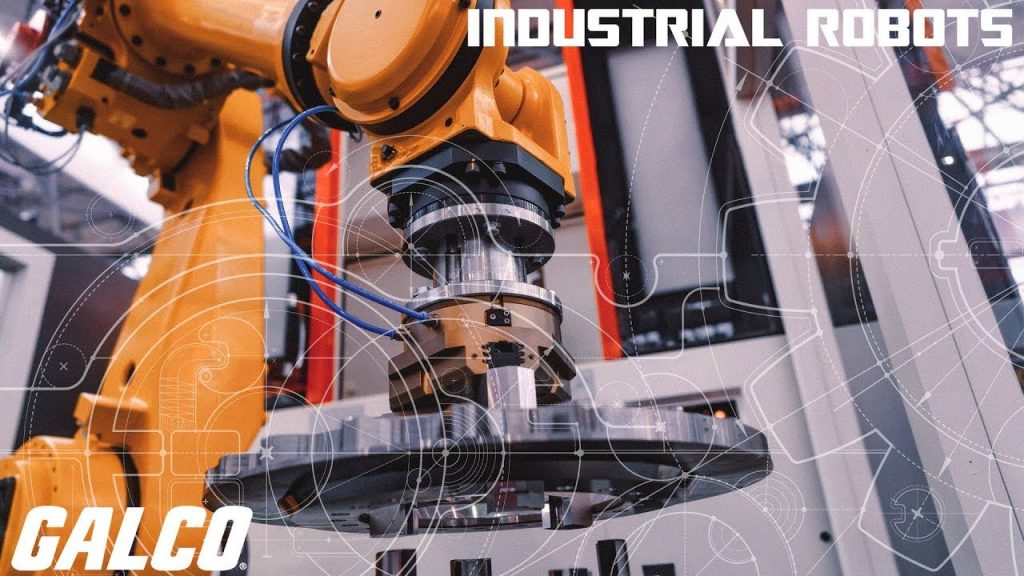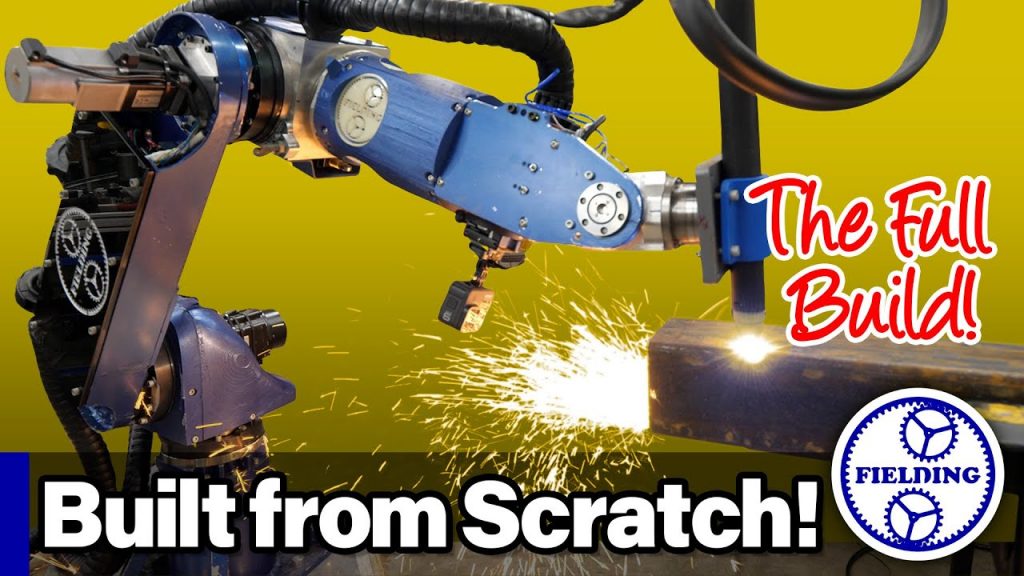Check out our website for the best coil packing solutions from leading manufacturers in the industry!
Title: Southeast Asian Nations Lead the World in Wage-Controlled Robot Adoption
Introduction:
In recent years, Southeast Asian nations have emerged as global leaders in wage-controlled robot adoption, surpassing other regions such as Europe and the Americas. This significant trend has caught the attention of industrial robotics manufacturers worldwide. In this article, we will explore the reasons behind Southeast Asia’s dominance in robot adoption and shed light on the nations that are leading the way.
1. The Rise of Southeast Asian Nations in Robot Adoption:
Southeast Asian nations, including Vietnam, Thailand, and Malaysia, have experienced remarkable economic growth in recent years. This growth has led to increased labor costs, making it less cost-effective for companies to rely solely on human workers. As a result, these nations have turned to industrial robotics manufacturers to automate their production processes and reduce labor expenses.
2. Wage-Controlled Robot Adoption in Southeast Asia:
Southeast Asian nations have strategically implemented wage controls to attract foreign investments and boost their manufacturing sectors. By offering competitive wages combined with the adoption of industrial robots, these nations have become highly attractive manufacturing hubs for both local and foreign companies. This approach has allowed them to maintain a balance between labor costs and technological advancements, resulting in increased productivity and efficiency.
3. Benefits of Wage-Controlled Robot Adoption:
The adoption of industrial robots brings numerous benefits to Southeast Asian nations. Firstly, it allows companies to achieve higher levels of precision and consistency in their production processes, leading to improved product quality. Secondly, robots can perform repetitive and physically demanding tasks, reducing the risk of workplace injuries and improving overall worker safety. Lastly, automation increases production capacity and enables companies to meet growing demands more efficiently.
4. Europe and the Americas: Challenges in Robot Adoption:
While Southeast Asian nations have embraced wage-controlled robot adoption, Europe and the Americas face certain challenges in this regard. Higher labor costs in these regions make it more challenging for companies to justify the investment in industrial robotics. Additionally, concerns regarding job displacement and the need for upskilling the workforce have slowed down robot adoption in these regions. However, industrial robotics manufacturers are working closely with companies to address these challenges and find viable solutions.
5. Leading Southeast Asian Nations in Industrial Robot Adoption:
Among the Southeast Asian nations, Vietnam has emerged as a frontrunner in industrial robot adoption. The country has witnessed a rapid increase in the number of industrial robots installed in various sectors, including manufacturing, electronics, and automotive. Thailand and Malaysia are also making significant strides in robot adoption, leveraging their robust manufacturing industries and favorable business environments.
Conclusion:
Southeast Asian nations have taken the lead in wage-controlled robot adoption, surpassing other regions such as Europe and the Americas. The strategic implementation of wage controls, combined with the adoption of industrial robots, has allowed these nations to balance labor costs and technological advancements effectively. As a result, they have become attractive manufacturing hubs for companies worldwide. Industrial robotics manufacturers are playing a crucial role in supporting these nations’ automation journeys, providing cutting-edge solutions to meet their evolving needs.
Check out our website for the best coil packing solutions from leading manufacturers in the industry! Industrial Robot
“Unveiling the Top Nations Dominating Industrial Robot Adoption: A Closer Look at Robotics Manufacturers”



